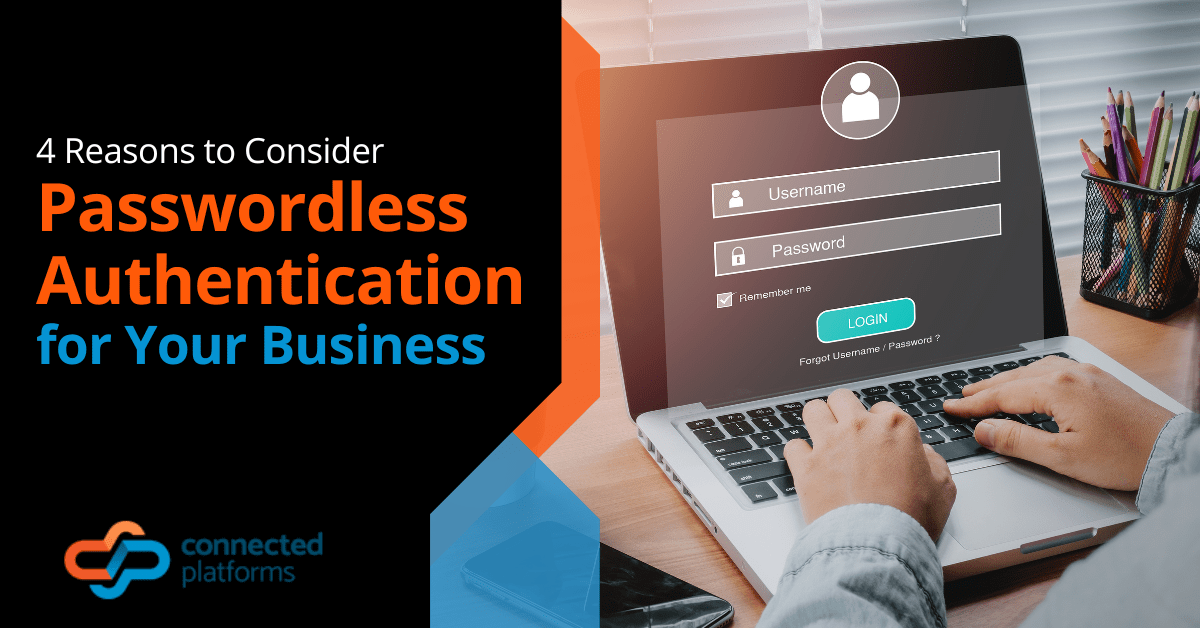Passwords have been used to establish identities and maintain security since the beginning of recorded history. Roman soldiers reportedly used passwords to gain access to certain cities and fortresses in their glory days and to confirm if the right soldiers were in the right place at the right time. Similar accounts can also be found in ancient cultures all across the world.
Passwords took on new importance with the arrival of the first computers. They were the perfect approach to protect access to devices and apps, allowing computers and networks to authenticate identification using a set of letters and numbers that could be inputted through a keyboard and recognised by the computer.
Password Utilisation Today
Passwords have never been more vital than they are today. Everyone connected to the internet relies on passwords to access practically every aspect of our digital lives – professional, social, and sometimes even family. A typical workflow for many people is accessing dozens of programs and services, each with its own unique login details (passwords and account) to remember.
Herein lies the bane of using passwords. An average employee uses over 190 different passwords, making it impossible for most people to remember all of them. As a result, users tend to repeat the same password across several accounts and/or employ easy-to-guess passwords. This can invite a lot of security problems and many other issues.
According to a Dashlane study, 30% of workers are likely to reuse passwords on business accounts, with 22% of this demography using personal passwords to access their work accounts. This can be very serious as weak passwords increase the chances of cyber criminals accessing these accounts, putting critical corporate data in jeopardy.
These growing problems have led to much research about going passwordless or embracing the term “passwordless authentication.” Basically, passwordless authentication means logging in to your accounts without a preset password. It entails the use of systems such as Multi-Factor Authentication (MFA), facial reading systems, biometric systems, and other options.
This article highlights why entrepreneurs should consider passwordless authentication for their businesses rather than traditional passwords. Below are these reasons:
1. Security
Memorable passwords might seem easy to recollect, but they are often easy to guess. Weak passwords are a potential concern for businesses because they increase the risk of a cyberattack. It increases the chances of a hacker successfully guessing employee login details and then accessing corporate data.
Other than simple password spraying techniques, data breaches can occur due to social-engineering tactics – a good example is phishing. Phishing involves a hacker posing as a reputable firm or partner trying to dupe your staff into handing over their login details.
This is why employees have to undergo password management training as part of a larger cybersecurity training strategy. Also, being passwordless might make it more difficult for hackers to accomplish a data breach. For example, biometric identifiers and fingerprints are more difficult to forge than passwords.
2. Insurance and Compliance
Most Australian businesses comply with the GDPR and the 1988 Australian Privacy Act, which have slowly increased the sanctions for businesses that are not taking the issue of data breaches seriously. Apart from businesses running the risk of significant damage to their reputation from a leak and downtime, they also risk massive fines.
Other than regulators, insurers are also interested in business security. Why, you ask? As a result of the recent increase in ransomware attacks, insurance costs have skyrocketed, and brokers are demanding more stringent protection measures. Because weak passwords are undoubtedly the most prevalent factor for cybercriminals, passwordless authentication offers businesses an effective line of defense against data breaches and, by extension, possible compliance difficulties that can come up.
3. User Experience and Efficiency
It can be very time-consuming for an employee to enter passwords to access a service every single time, especially with the vast majority of cloud apps now in use in companies. Much time is wasted when employees type and forget passwords during work hours. This can cost businesses millions of dollars in lost productivity in the long run. With passwordless authentication, however, you can save these “lost” millions.
While inefficiency has a negative impact on the firm, it also negatively influences company personnel. According to studies, the average employee uses anywhere from 9 to over 30 cloud applications in their daily job, with each one requiring a distinct set of credentials. Accessing any app with just one keystroke or mouse click results in a more seamless user experience and, consequently, a more efficient workforce.
4. IT Workload Reduction
Company staff aren’t the only ones who suffer from the time spent typing in login details and resetting passwords; IT departments also do.
According to Gartner, 50% of all helpdesk calls are associated with password resets, squandering a significant amount of resources and time each year. This is because humans are not robots, so forgetfulness or a momentary loss of memory caused by many other factors will always play a crucial role in password loss and, as a result, lead to password resetting.
Passwordless authentication can drastically reduce or eliminate the needless password reset efforts by internal or remote IT teams, resulting in a greater focus on IT matters that actually matter.
Looking To Get Quality Managed IT Services in Brisbane? Let Connected Platforms Help!
There are several additional reasons why your business should utilise passwordless authentication in Brisbane, Australia.
If you have any questions regarding how this works, do not hesitate to contact us at Connected Platforms!




